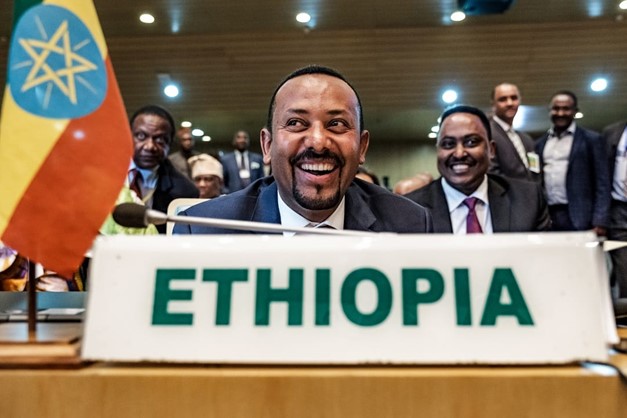Ethiopia’s bold economic reforms target stability and growth, but they come with risks
Post By Diaspoint | August 19, 2024

Ethiopia’s recent macroeconomic reforms, supported by the International Monetary Fund (IMF) and the World Bank, could have profound implications for the country and the region. The key reforms include the use of a floating exchange rate system and of interest rates as a policy tool.
They were introduced just ahead of the approval of a financial package that could eventually amount to about US$20 billion by the IMF and the World Bank. Ethiopia is also expected to save about US$5 billion from its credit restructuring following the IMF deal.
The financial package aims to tackle pressing issues such as inflation, foreign exchange shortages and debt sustainability.
Ethiopia has been one of the fastest-growing economies over the past two decades. GDP growth has averaged around 10% in most years. However, this was largely driven by public investment, which resulted in high government debt. The weak growth of the private sector meant the country produced little to export, contributing to a shortage of foreign exchange.
Europeans, get our weekly newsletter with analysis from European scholars
Inflation, which has been over 30% in recent years, has been another challenge.
There is broad agreement that macroeconomic reforms were necessary. The main debate has become how exactly they are carried out.
I am a development economist with a passion for researching the economic factors that drive societal progress. My previous research on Ethiopia’s economic challenges has focused on the structural transformation of the economy to provide employment, and an examination of the country’s economic policies.
It is my view that Ethiopia’s macroeconomic reforms represent a bold attempt to head towards economic stability and growth. Their success hinges on several critical factors:
Read More from original source
